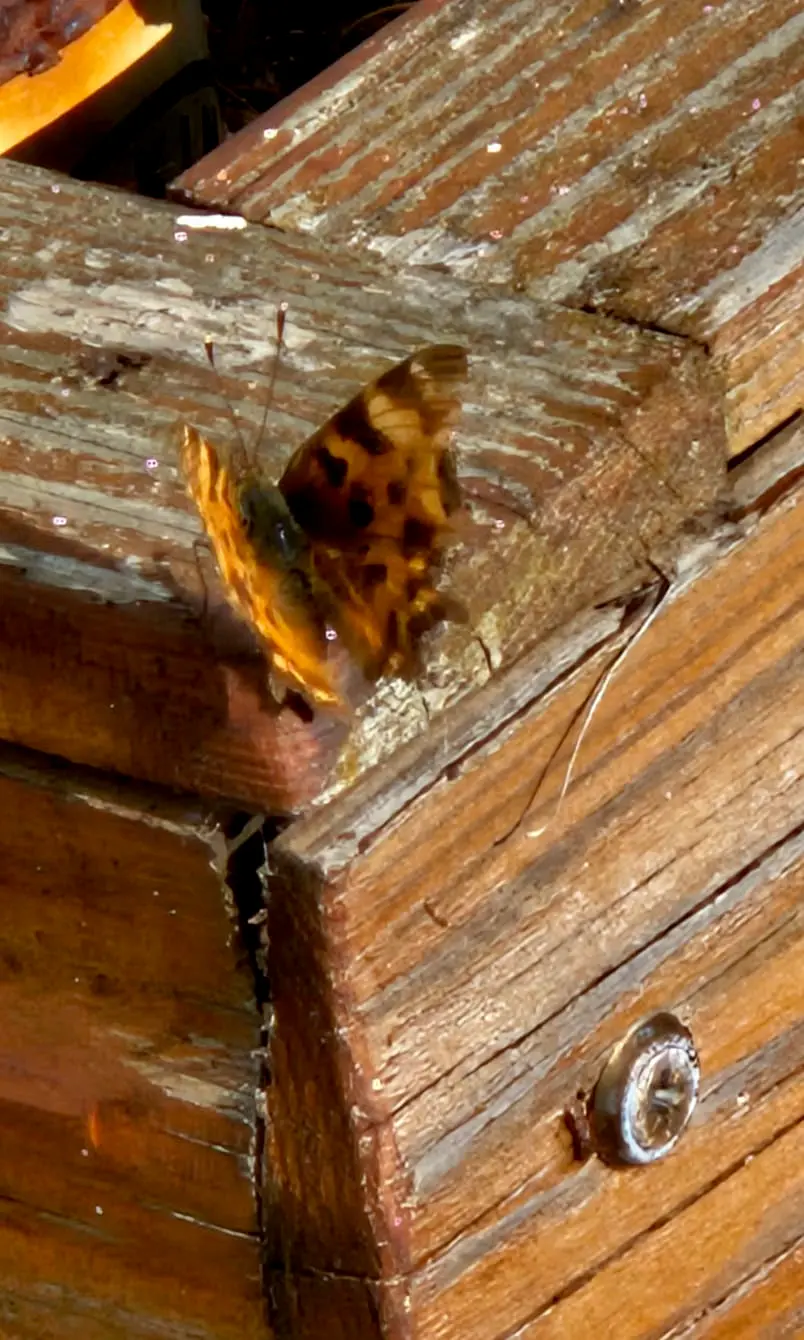
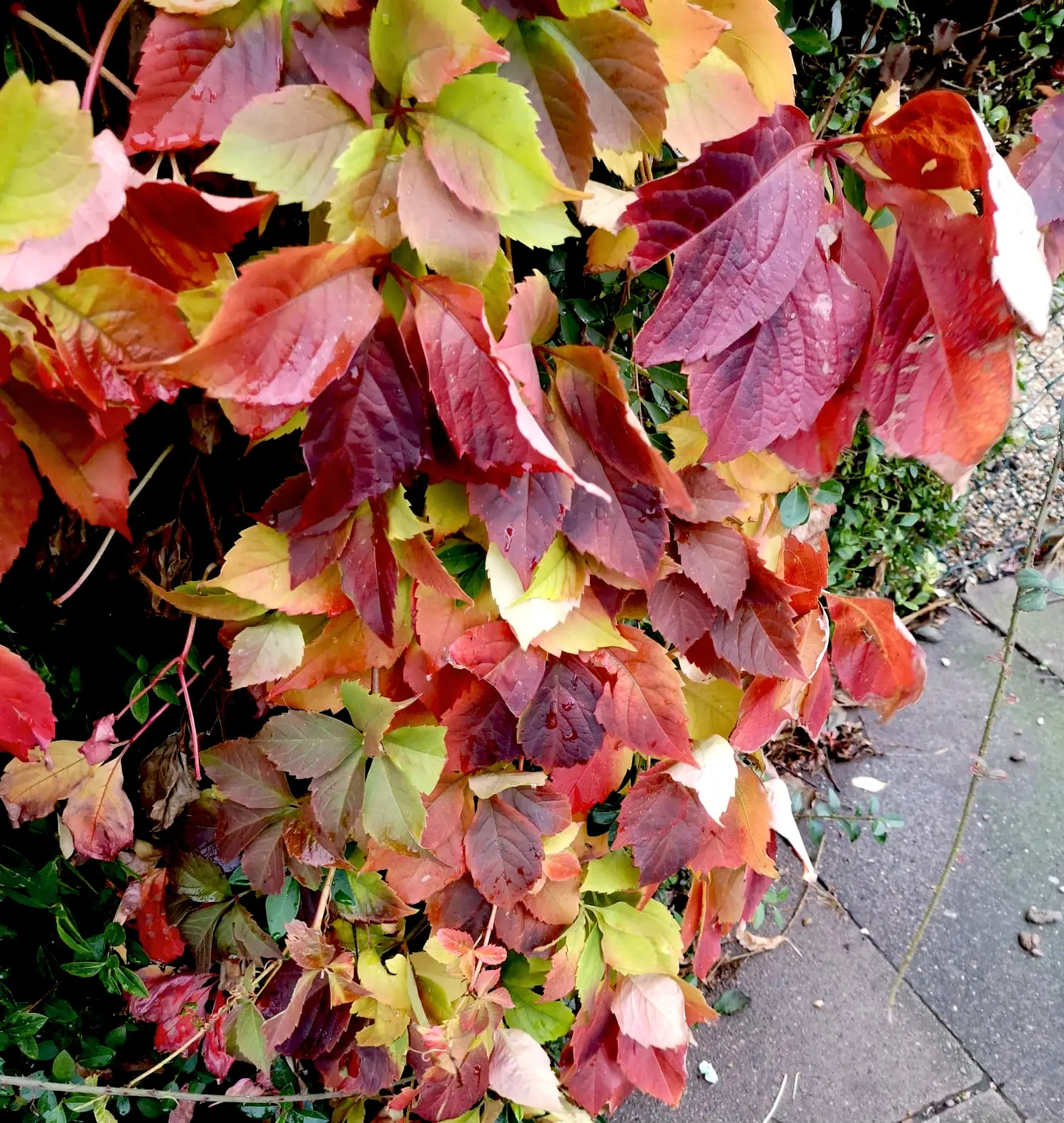
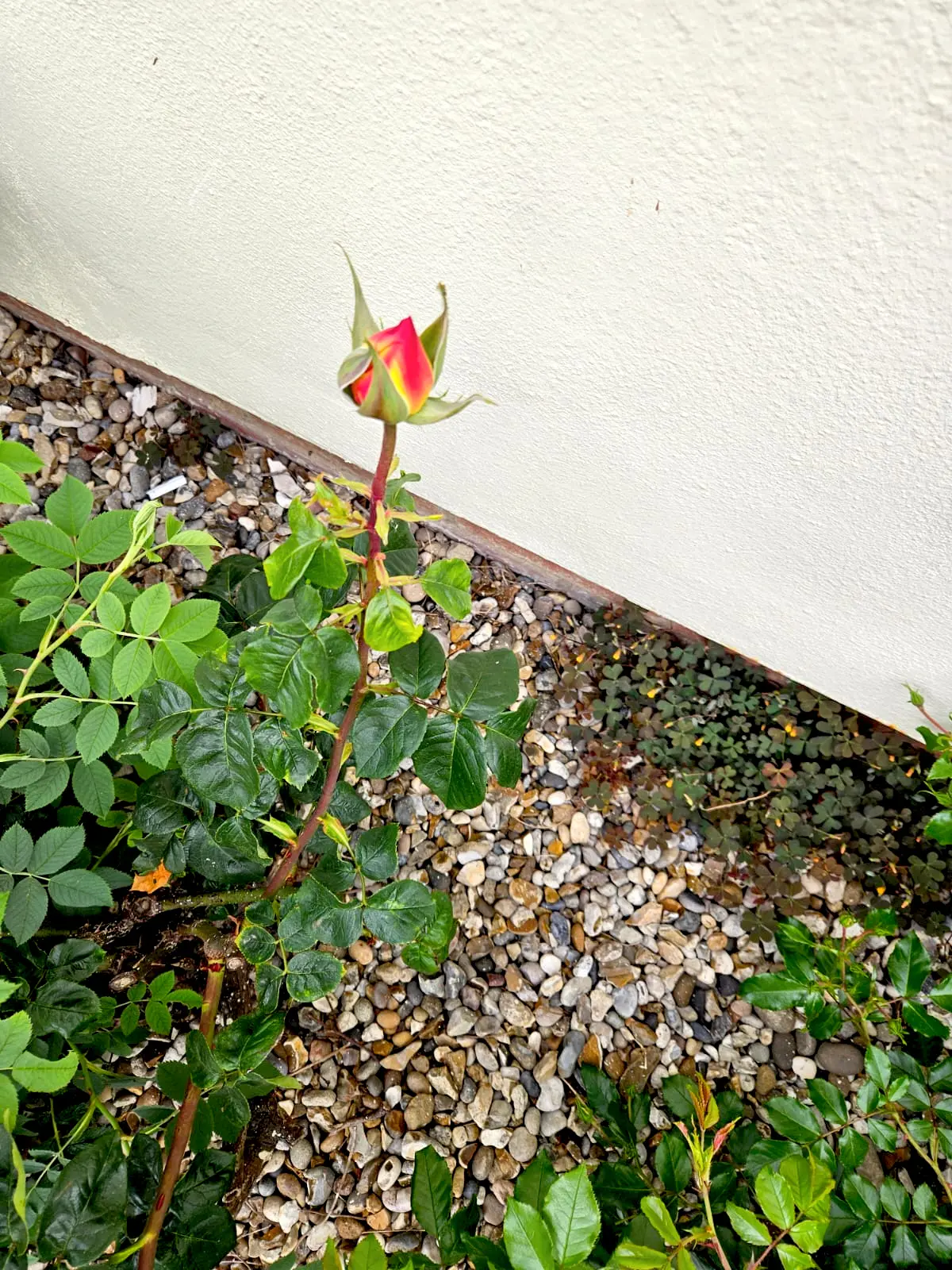
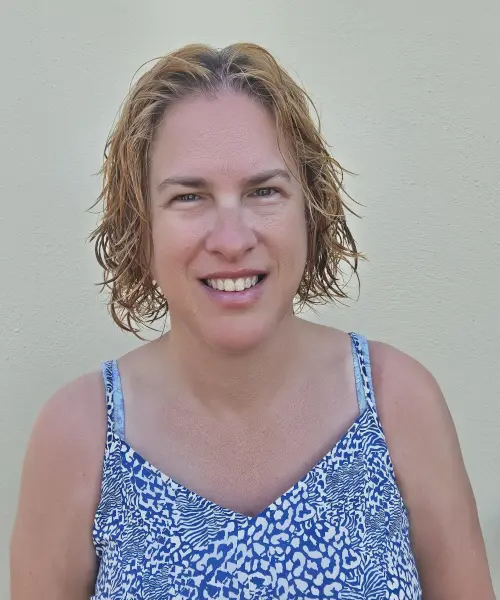
About Me
I am an experienced integrative counsellor, qualifying with Life Force School of Counselling, gaining a BACP accredited Diploma in Integrative Counselling, meaning I studied and practiced a range of therapeutic approaches, for example Person-Centred Therapy, as well as Psychodynamic and Cognitive Behavioural Therapy. This means that I can support you using a variety of theories and techniques to suit your needs. I have achieved well over 100 hours of supervised counselling sessions and work from a space at my home.
At the core of my support I will listen with empathy and acceptance, and without judgement, allowing time and space for you to be yourself. I aim to support you to come to your own solutions about a way forward in your life, working from a space at my home.
I am a member of the British Association for Counselling and Psychotherapy (BACP) and work within their Ethical Framework for the Counselling professions including ensuring I meet the minimum standard of Continuing Professional Development and Supervision. I am currently working towards a further qualification to enable me to offer online and telephone counselling sessions. I also hold professional indemnity insurance.
My Training & Journey
So… what brought me to the point of training I counselling? It had been on my mind for a many years years, as a career I wanted to pursue, following helpful support I received on a short term basis. I went through my own more extensive counselling journey and found this incredibly helpful (although challenging at times) and wanted to give back to others what I had received. As a nurse for many years working in the NHS, I have also seen the power of therapy and felt called to be part of that. I believe that the challenges within my own life have shaped my desire to offer empathic and compassion support to others. I am experienced in supporting people to make changes they feel necessary to improve their lives, with well over 100 supervised counselling sessions.
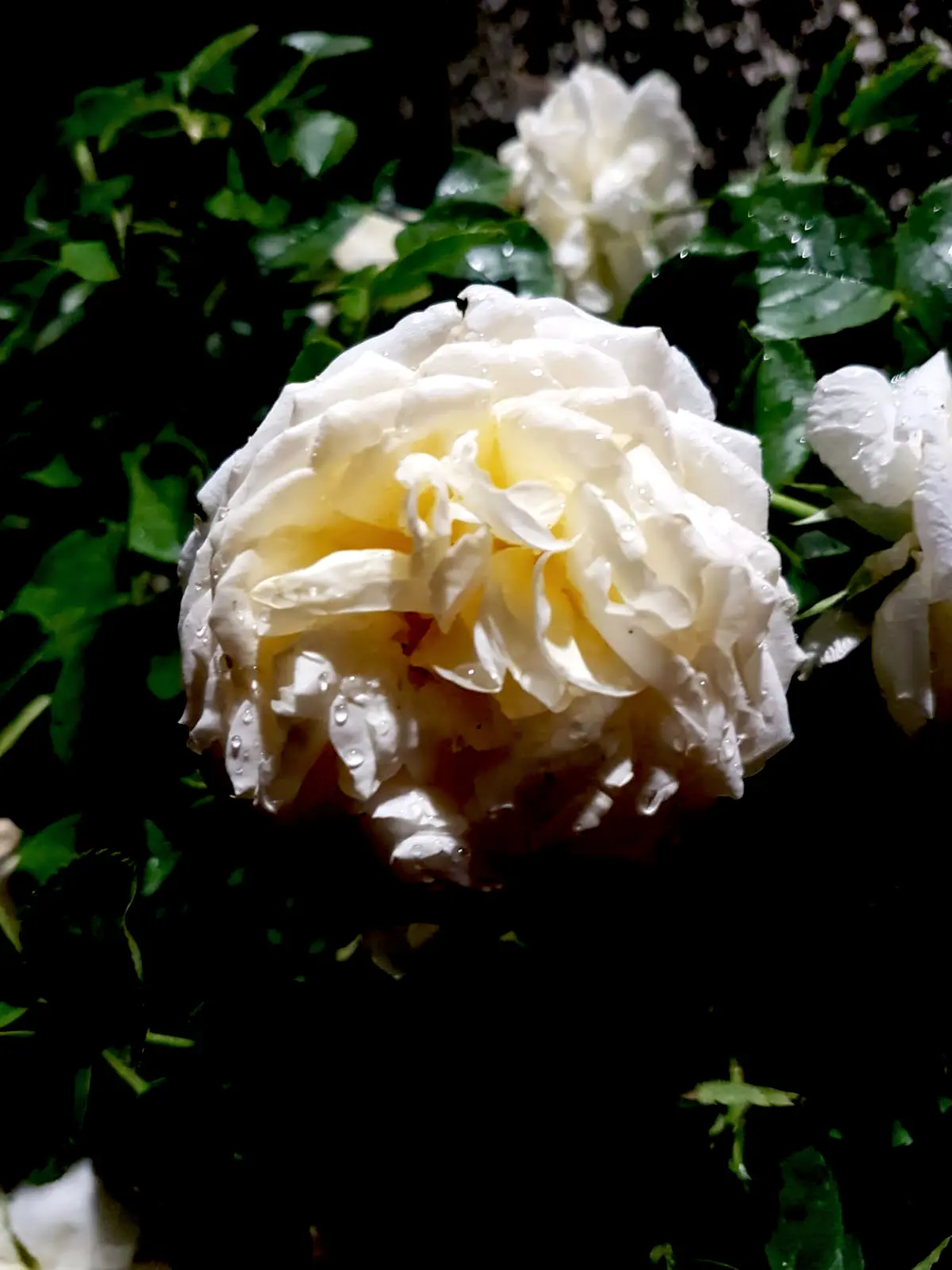
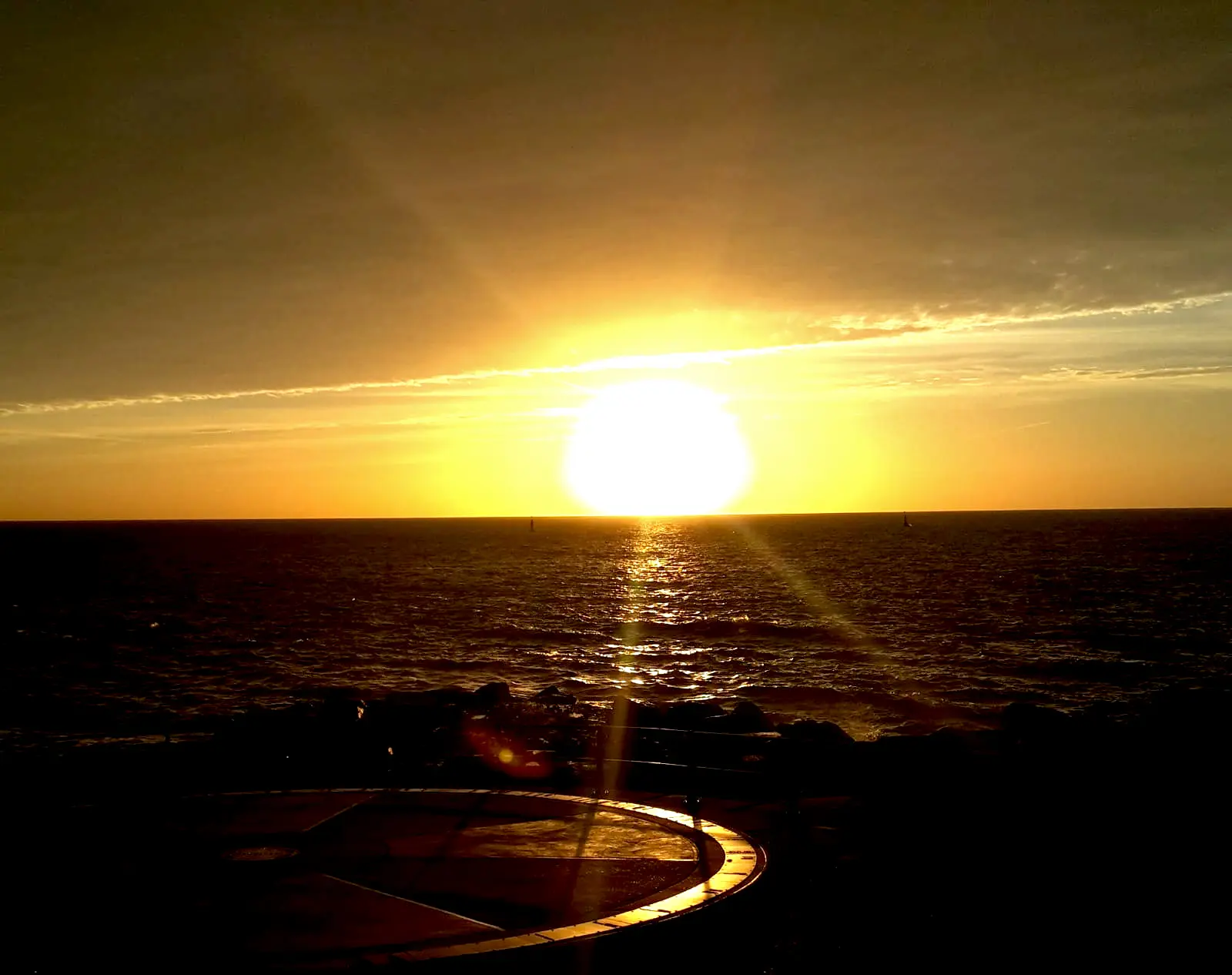
I am a qualified counsellor and a registered member of the British Association for Counselling and Psychotherapy (BACP). As part of my professional commitment, I work in accordance with the BACP’s ethical framework, which places great emphasis on client safety, confidentiality, and respect.
Alongside my formal training, my personal journey has taught me the importance of being heard and understood without judgement. I know how powerful it can be to have a space where you feel truly seen and accepted. These values are at the heart of how I work.
I continue to expand my learning through ongoing professional development, workshops, and clinical supervision, so I can continue offering safe, effective support to the people I work with.
Whether you're reaching out during a period of crisis, or looking for a space to understand yourself better, my aim is to walk alongside you with warmth, curiosity, and care.
Let's Chat

